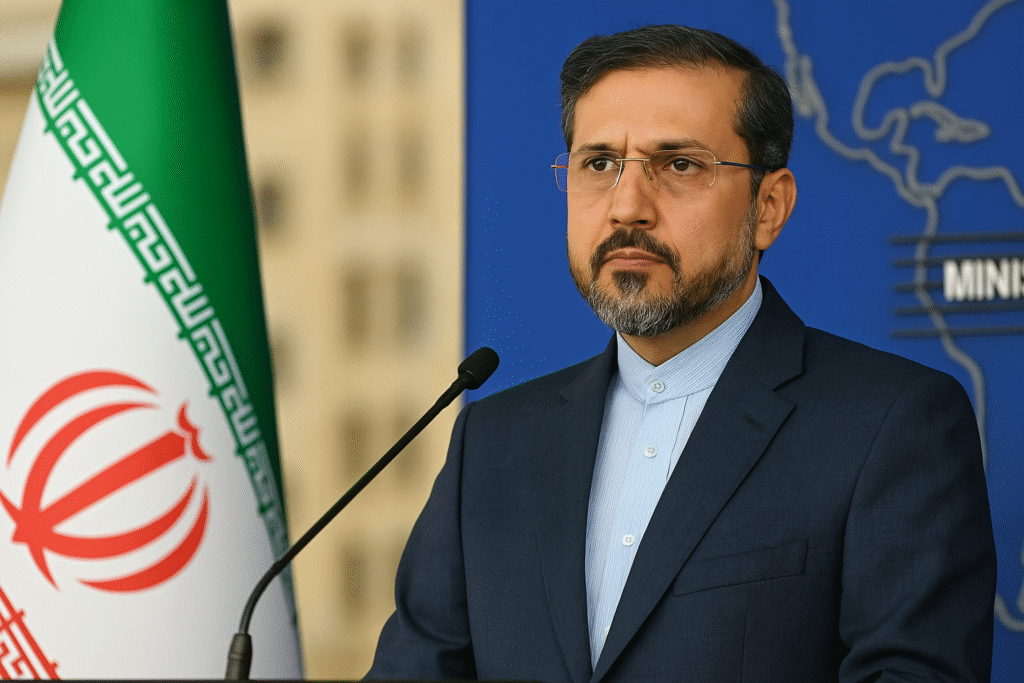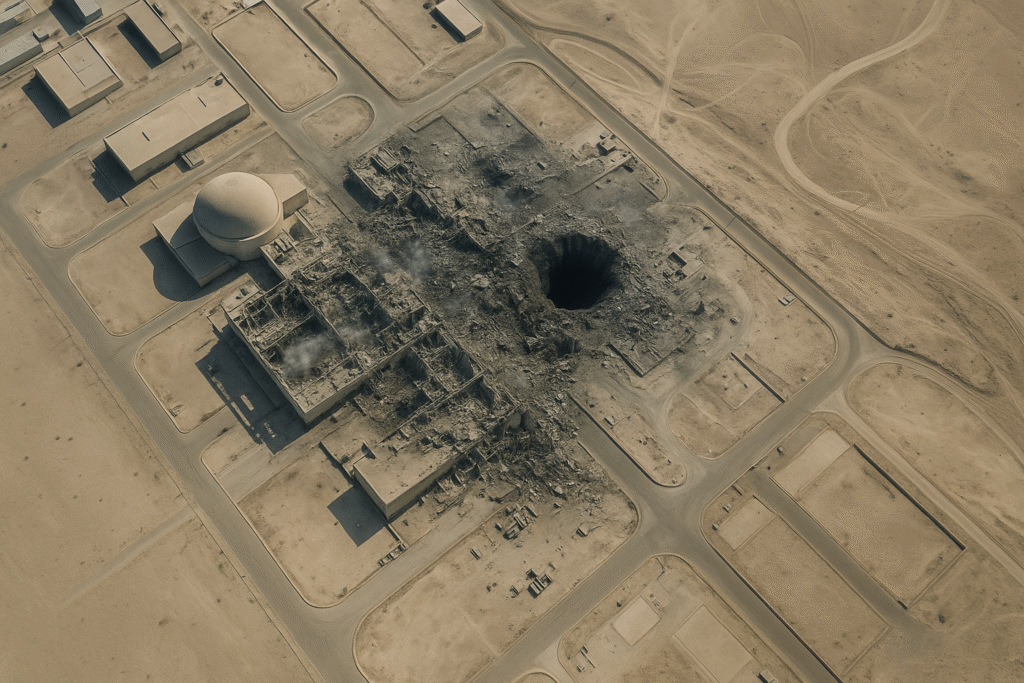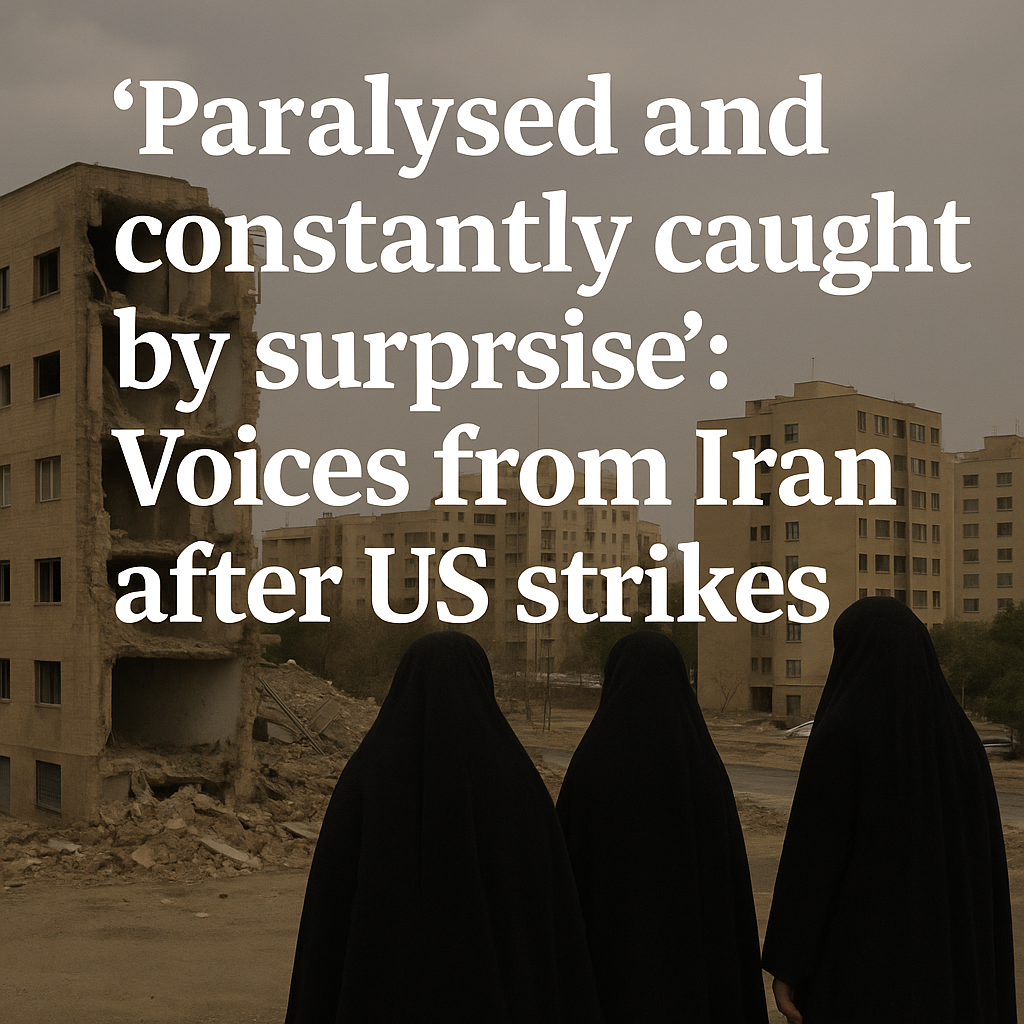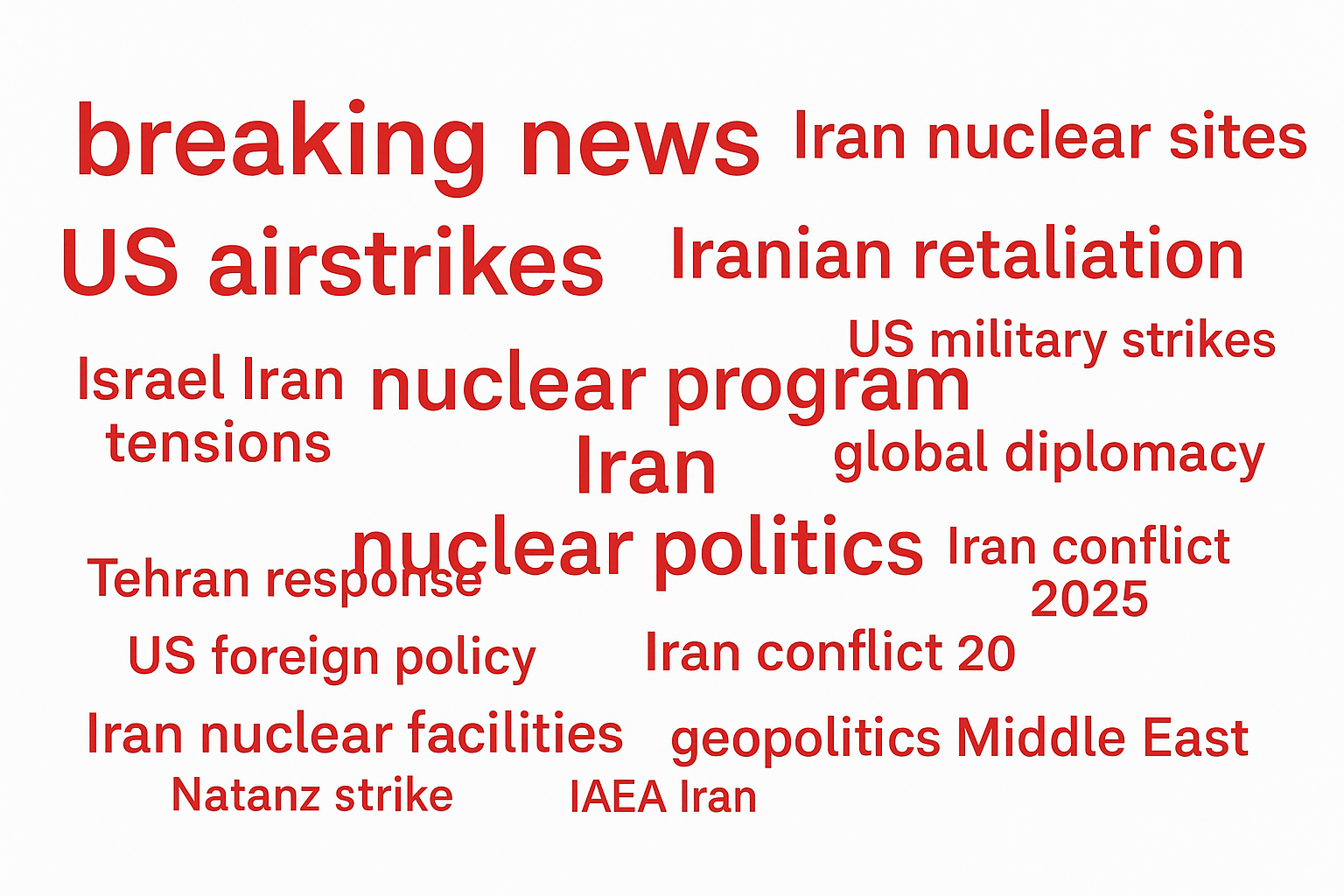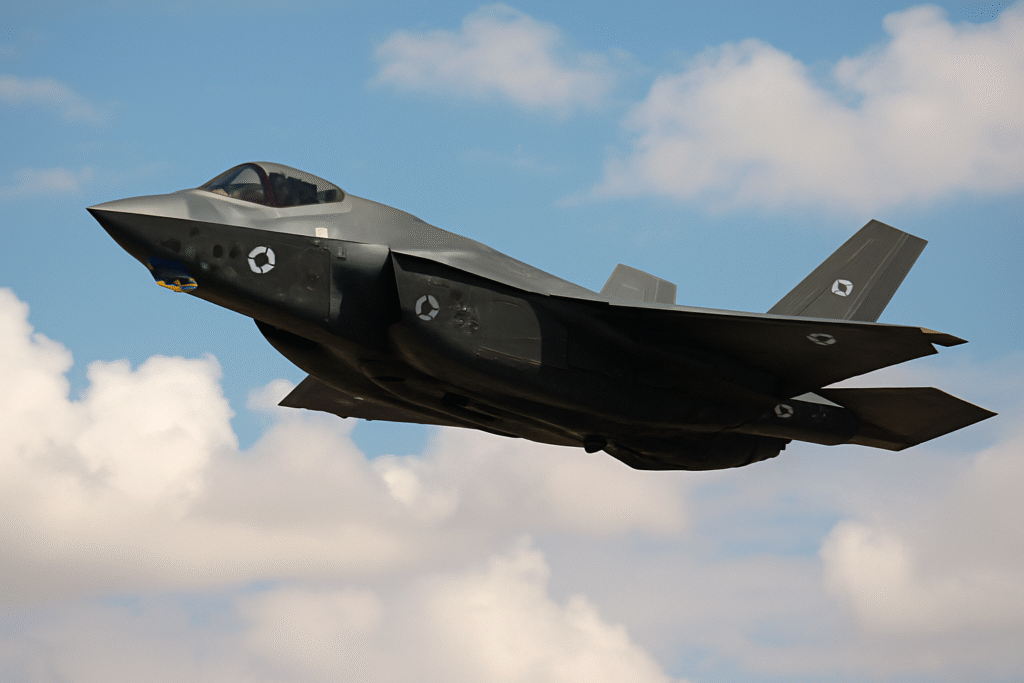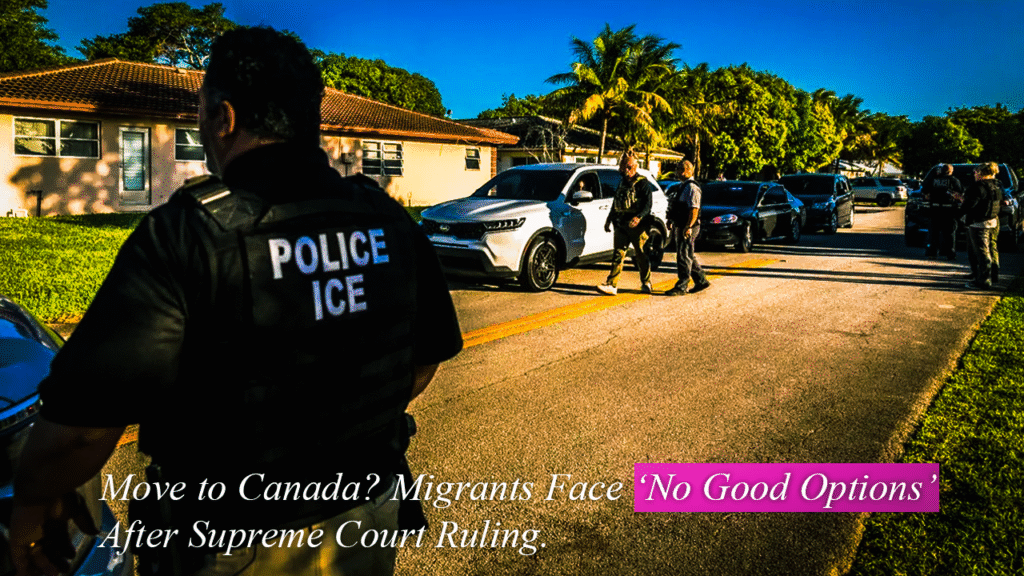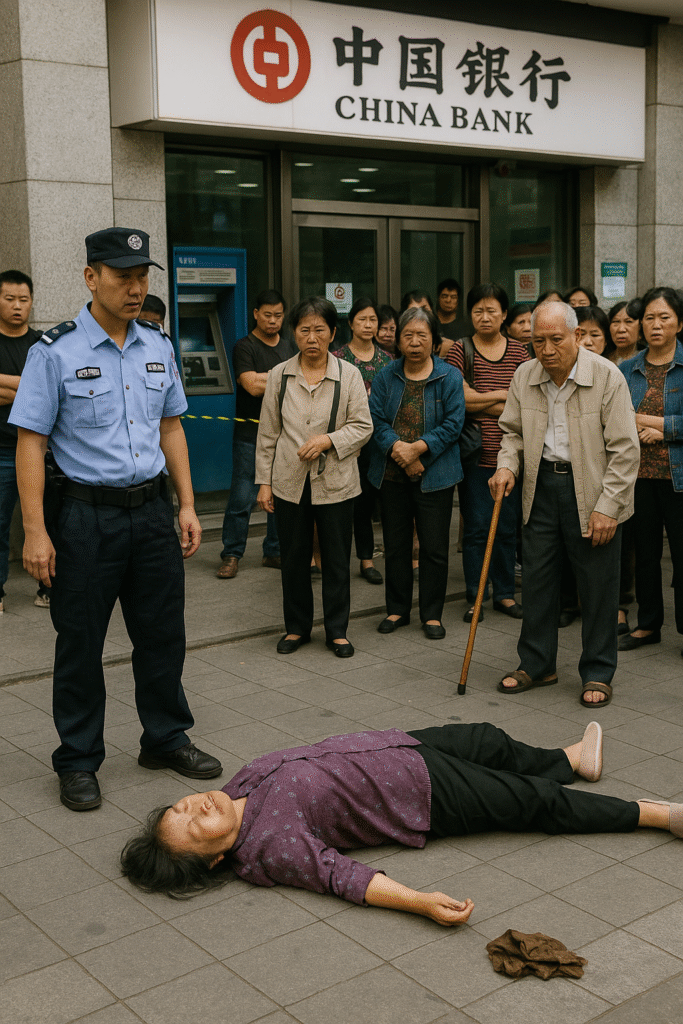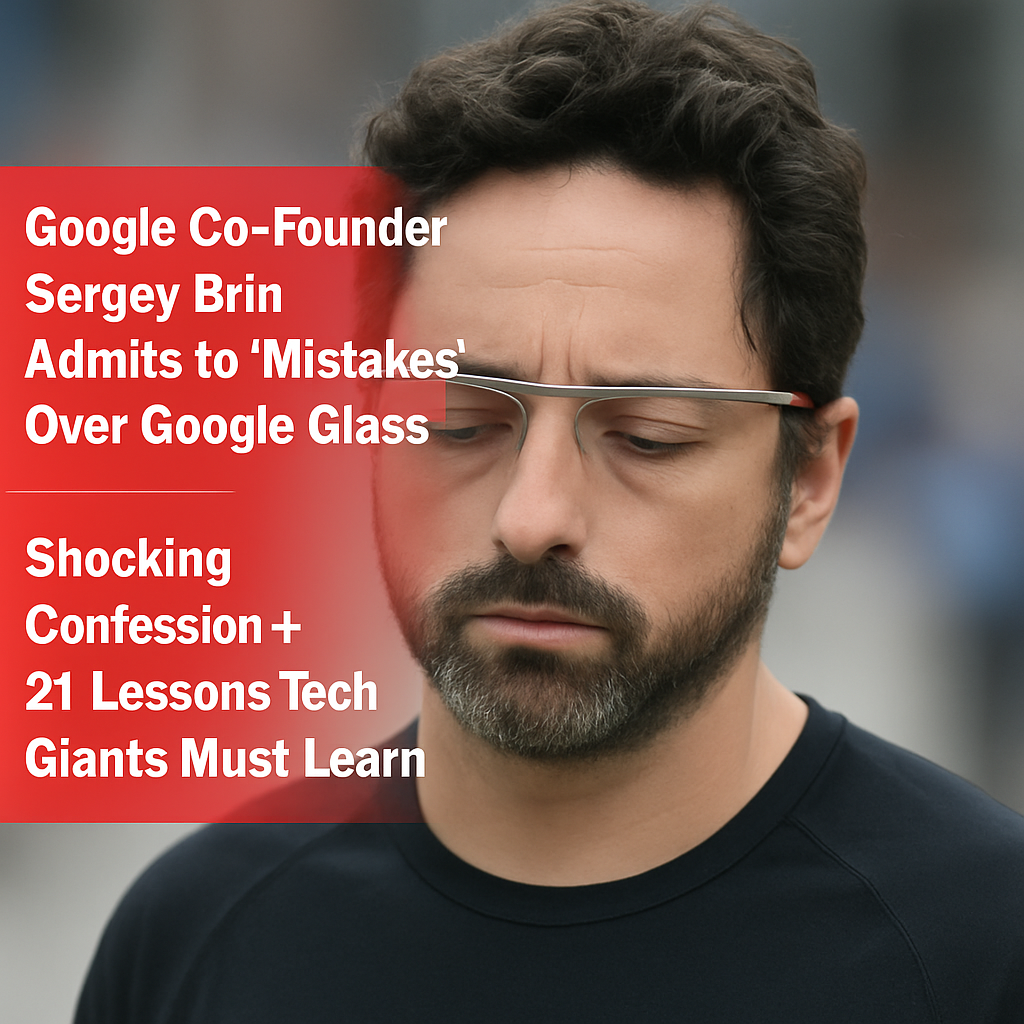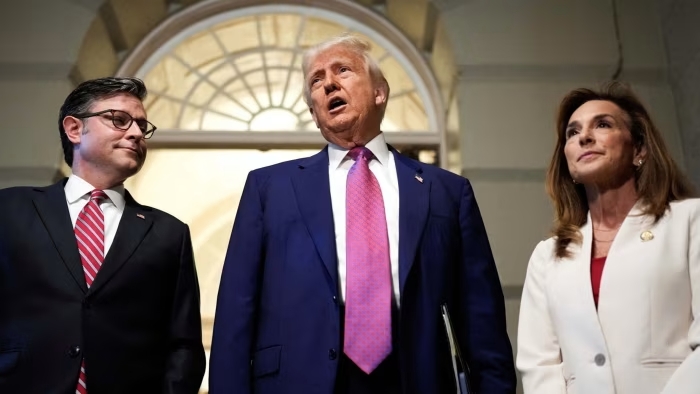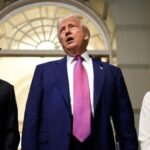Target CEO Warns Tariffs Are ‘Massive’ Costs, but Price Hikes a ‘Last Resort’ – 7 Key Insights You Need to Know

In a global economy that is already heavily challenged by the pressures of inflation and supply chain disruptions, Target CEO Brian Cornell recently made headlines and drew attention by spending time discussing the very serious and impending threat posed by tariffs and their potential to levy “massive” costs on the firm. However, he pointed out that raising prices on consumers continues to be a “last resort” that the company would seek to avoid if it can. This two-part message from Cornell is one of a delicate balancing act that strives to walk between the critical need to safeguard consumer wallets while at the same time maintaining value that shareholders anticipate and count on.
Let’s get into the entire context of this news and how it affects you as a consumer, an investor, or a business observer.
What Led to the Tariffs Discussion at Target?
The major driving reason for this scenario? It can be traced back to the rising tensions which have been piling up between the United States and China, especially in terms of technology and manufacturing industries. Recently, there have been proposals made for new tariffs to be levied on imports worth in the billions of dollars which have been causing huge disruption in global economies. Retail businesses like Target, which depend greatly on the procurement of their products from overseas sources, are under the immediate and direct threat posed to them owing to the potential rise in costs which these tariffs would create.
The imposition of these tariffs is likely to increase the landed costs of an array of goods ranging from electronics, toys, apparel, and home goods. These are the items most critical to filling the premium shelf space in Target stores nationwide.
Getting a Glimpse of the CEO’s Mind on Tariffs
Cornell’s remark was not a public relations sound byte; it was a thoughtful, measured strategic remark made to the stakeholders. He acknowledged that the tariffs could impact Target’s cost structure and overall profitability and stated so, but he insisted that any subsequent price hike would be achieved as a “last resort” only after all other avenues had been fully explored and exhausted.
This stance reassures consumers while also signaling to Wall Street that Target intends to absorb shocks creatively before passing costs down the chain.
Why Price Increases Are Being Viewed as a Last Resort
Target has learned from past economic crises. During the COVID-19 era, they delayed massive price hikes by leveraging scale, diversifying vendors, and streamlining logistics.
Now they’re running off the same playbook:
- Negotiating directly with suppliers
- Investing in private-label alternatives
- Boosting efficiency in operations
- This approach buys them time to wait out the political winds—at least for now.
Knowing the Actual Effects of “Massive Costs” on the Retail Sector
The word “massive” is not applied as a word meant to scare or alarm. In the case of a small business that makes over $100 billion in a year, even a seemingly harmless boost in expenses—1 to 2 percent via tariffs—would amount to hundreds of millions of dollars of added expense to them.
In-Depth Breakdown of the Different Consequences:
- Subject of Interest Approximate Financial Impacts
- Import Duties
- +3–5% of sourcing costs
- Freight/Shipping +10% if routes are re-directed
- Inventory Holding +2% if it continues to lag
- Selling them for less without raising prices? That’s no small feat.
The Ripple Effect on Global Supply Chains
Tariffs not only hurt the importers themselves but have vast ripple effects that spread throughout entire ecosystems.
Supplier Relations and Risks
Target suppliers are now in a situation where they could think of looking for ways to renegotiate their current contracts or even shift their plants to locations that are not seriously affected by tariffs. This information can:
Rescheduling the production schedules.
The price of raw materials procurement has increased tremendously.
Legal and compliance adjustments require
Inventory and Distribution Issues
- A typical supply chain in tariff distress will likely to have:
- Port congestion
- Airfreight premium spikes
- Any other facility requirements
- All of these help erode profit margins significantly—and concurrently, raise the temptation for firms to raise their prices.
What Consumers Can Expect
You might be thinking, “Will I soon be shelling out more for the same Target stuff?” The short answer: not right away, but possibly.”
Private Label and Product Mix Strategy
Target’s best asset is its private-label brands—Good & Gather, Cat & Jack, and Up & Up. These allow for more control over the cost of production and source locations, circumventing tariff-ridden imports.
Seasonal and promotional events considerations
With Q4 and the holidays approaching, Target has additional motivation to hold the line on expenses. Look for lean promotions but not gargantuan sticker shock—unless tariffs take a bigger chunk than anticipated.
An In-Depth Exploration of Target’s Strong Past Resilience During Periods of Economic Downturn
- This isn’t Target’s first rodeo. In times of past crises—like the 2008 recession or the 2020 COVID-19 crash—Target weathered them by:
- Investment in technology and finding out the possibilities of curbside pickup services.
- Scaling down low-performing SKUs
- Creating store layouts that are cost-efficient
- That playbook is still effective—and they’re applying it once more.
Government Policies and the Trade War Impact
Trade policy is not a topic for theoretical debate—it’s a business. Either it’s some regulatory change under a Biden administration or some other future administration’s tough stance, tariffs are a wild card for companies.
For context: Official Trade Statements by USTR tend to precede tariff changes.
Competitor Response Analysis and Industry-Wide Benchmarking
Walmart has already raised awareness about and signaled similar-nature concerns. Furthermore, Amazon has also shown, though in a subtle manner, that it is contemplating warehouse optimization as a measure to counter the risks incurred due to tariffs.
Target’s approach seems to be more consumer-centric—focusing on price stability rather than short-term margin protection.
The Future of Retail Pricing in a Volatile Economy:
- An In-Depth Analysis of Emerging Trends and Adjustments
- Long-term? Expect more “value engineering” in products. Lighter materials. Simplified packaging. Smaller portions.
- That is, an incremental rise in cost through the means of shrinkflation instead of explicit markup.
Strategic Response Strategies Insights by Experts
Retail analysts attribute strategic agility as the solution. Brands capable of quickly switching gears—such as Target—are best placed to ride tariff cycles without turning consumers off.
The Communication Strategy Target Utilizes in Interacting with Its Stakeholders
By issuing frequent quarterly calls and frequent social media posts, Target has a very high level of transparency among stakeholders. The message conveyed by CEO Brian Cornell not only reassured the general public but also tried to set open expectations from investors about the direction and performance of the company.
Final Thoughts: Will Prices See a Surge, or Will Stability Prevail?
Target’s statement is both a promise and a threat to its consumers: while the application of tariffs may lead to a huge spike in operating expenses, the business is determined to postpone any potential price increases for as long as it is reasonably possible.
For the meantime, customers can rest easy—but watch this space.
FAQs
1. Will Target raise prices because of tariffs?
Not currently, or not at this juncture. The Chief Executive Officer has, in fact, stated that price rises will only be entertained as a “last resort.”
2. Which particular products could be affected first?
Imported products like electronics, seasonal toys, and products that are seasonal in character are at greatest risk.
3. What actions can Target take to prevent it from having to increase prices?
By concentrating on supply chain optimization, using private labels, and partaking in the activity of renegotiating the terms with the suppliers.
4. Is there any other market retailer who is exhibiting similar behaviors or strategies?
Actually, Walmart and Amazon are actively altering the same risks that they are facing.
5. Would this impact holiday shopping?
Yes, there will be lesser deep discounts, especially on imported goods.
6. What is the long-term prognosis?
If tariffs continue, there will be some price increases, but Target will attempt to absorb the shock.
Conclusion
Target’s CEO has sent a very direct and strong message to everybody involved: While the fact of the matter is that prices are likely to increase due to the tariffs that have been enacted, rest assured that we are not going to increase our prices right now. That strong focus on keeping costs very much in line, monitoring the suppliers closely, and tactically keeping our customers loyal on purpose puts Target squarely in the position of a retailer that has a keen sense of the high stakes that are present in the marketplace today—and is dedicated to looking after its loyal customer base as long as possible. If you’re a Target shopper or shareholder, remain in the know—but hold off on panicking just yet.

 English
English 

